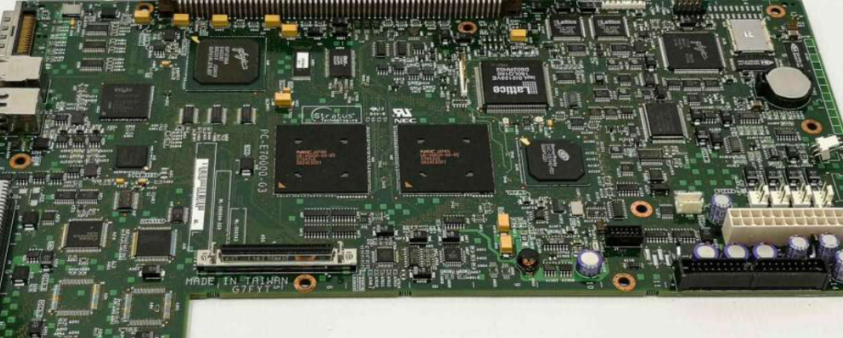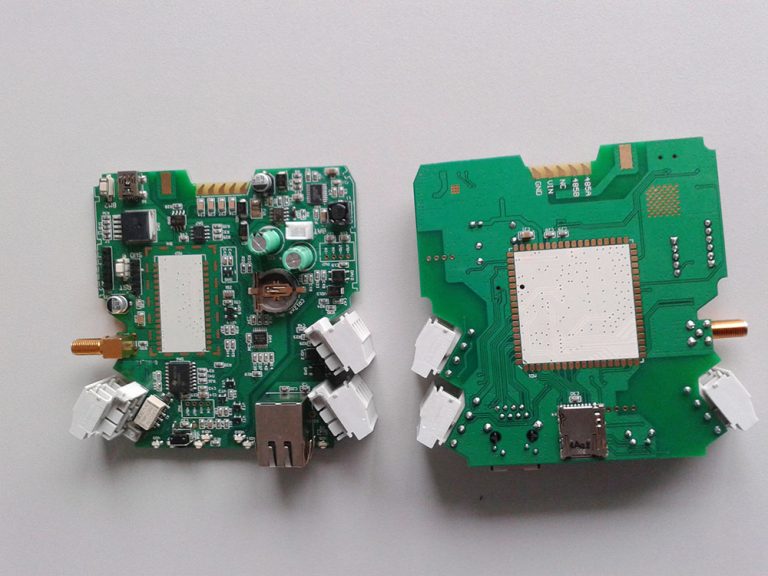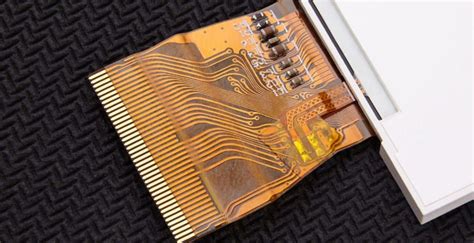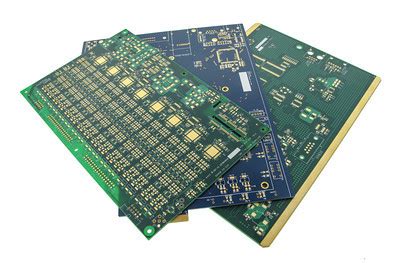Precision Rotation in PCB Manufacturing: Techniques, Challenges, and Applications
Abstract
Printed Circuit Board (PCB) manufacturing requires high precision in component placement and alignment. One critical aspect of this process is the precise rotation of PCBs during various stages, such as drilling, soldering, inspection, and assembly. This article explores the importance of PCB rotation, the technologies enabling precise angular adjustments, challenges faced in implementation, and real-world applications. The discussion covers mechanical, optical, and software-based solutions, along with future trends in automated PCB handling.
1. Introduction
PCBs are the backbone of modern electronics, hosting intricate circuits and components. As designs become more complex, the need for precise alignment and rotation during manufacturing increases. Whether for multi-layer alignment, fine-pitch component placement, or high-density interconnect (HDI) PCBs, even minor rotational errors can lead to defects, misalignment, or electrical failures.
Precision rotation in PCB manufacturing involves accurately orienting the board to a specific angle, often within fractions of a degree. This ensures proper drilling, soldering, and component placement. The following sections delve into the techniques, challenges, and applications of PCB rotation.

2. Importance of Precise PCB Rotation
2.1. Drilling and Routing Accuracy
- Microvia Drilling: High-density PCBs require microvias drilled at precise angles.
- Layer Alignment: Multi-layer PCBs must maintain exact rotational alignment to ensure proper electrical connections between layers.
2.2. Component Placement
- Fine-Pitch Components: Small angular misalignments can lead to soldering defects.
- Surface-Mount Technology (SMT): Pick-and-place machines must rotate components accurately before placement.
2.3. Inspection and Testing
- Automated Optical Inspection (AOI): Cameras and sensors require precise board orientation for defect detection.
- Electrical Testing: Probe alignment depends on correct PCB positioning.
3. Techniques for PCB Precision Rotation
3.1. Mechanical Rotation Systems
- Stepper/Servo Motor-Driven Stages: Provide high angular resolution (e.g., 0.01° accuracy).
- Rotary Indexers: Used in automated assembly lines for fixed-angle rotations.
3.2. Vision-Based Alignment
- Fiducial Markers: Optical recognition of alignment marks to adjust rotation.
- Computer Vision Algorithms: Detect PCB features and compute correction angles.
3.3. Software Compensation
- CAD/CAM Integration: Adjusts machine movements based on design files.
- Closed-Loop Feedback Systems: Use encoders to verify and correct rotation in real time.

4. Challenges in PCB Rotation
4.1. Mechanical Backlash
- Gear systems may introduce slight errors due to play between components.
4.2. Thermal Expansion
- Temperature variations can affect PCB dimensions and alignment.
4.3. Vibration and Stability
- High-speed machines may induce vibrations, impacting rotational accuracy.
4.4. Cost vs. Precision Trade-Off
- Ultra-high-precision systems are expensive, requiring justification for their use.
5. Applications of Precision Rotation in PCB Manufacturing
5.1. Laser Drilling and Cutting
- Used in HDI PCBs for precise via formation.
5.2. Solder Paste Application
- Stencil printing requires exact alignment to prevent bridging or insufficient solder.
5.3. Multi-Layer Lamination
- Ensures layer-to-layer registration accuracy.
5.4. 3D PCB Assembly
- Complex shapes may require dynamic rotation during assembly.
6. Future Trends
- AI-Driven Alignment: Machine learning for real-time rotation adjustments.
- Nanometer-Level Precision: Emerging technologies for next-gen PCBs.
- Modular Rotary Systems: Flexible automation for varied PCB designs.
7. Conclusion
Precise rotation in PCB manufacturing is critical for ensuring quality, reliability, and performance. Advances in mechanical systems, optical alignment, and software corrections continue to push the boundaries of achievable precision. As PCB designs evolve, so too must the technologies that enable their accurate fabrication.







